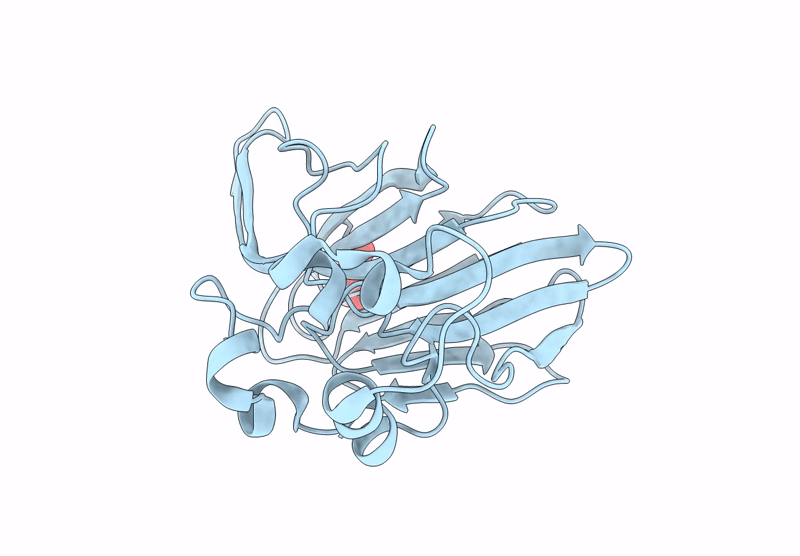
Deposition Date
2024-03-22
Release Date
2025-04-02
Last Version Date
2025-05-14
Method Details:
Experimental Method:
Resolution:
1.49 Å
R-Value Free:
0.20
R-Value Work:
0.17
Space Group:
P 41 21 2


